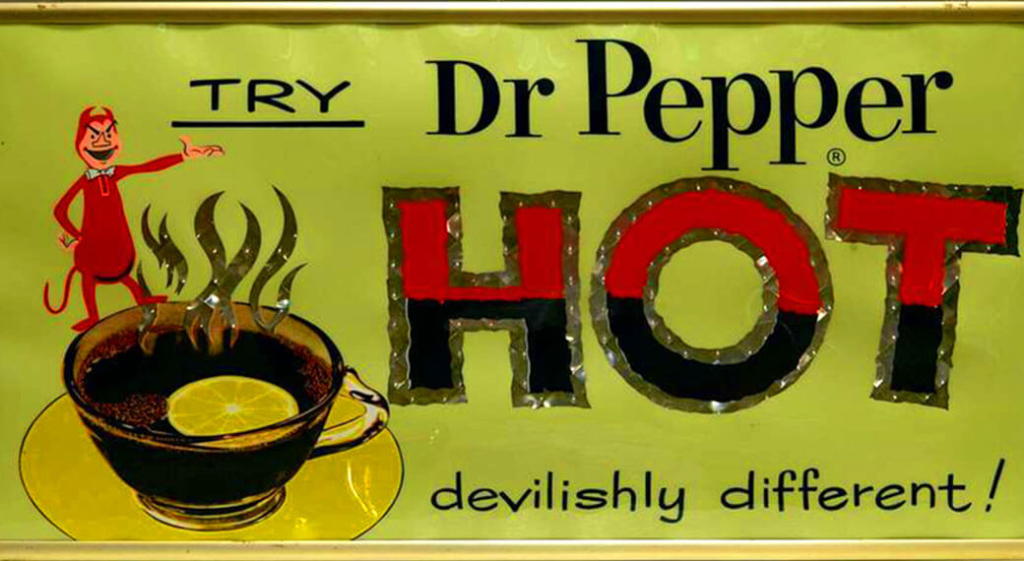Food isn’t just about keeping hanger at bay; each ingredient and dish has a history all its own. If you love food and wish to dive further into its heritage, innovation, and production, here are eight museums that cater to your hungry mind.
Dr Pepper Museum

Waco, TX may be synonymous with religious leader, David Koresh, but there is more to the town than its cult history. It’s home to the Texas Ranger Hall of Fame Museum, the Texas Sports Hall of Fame, and most importantly, it is the birthplace of America’s most famous soft drink practitioner, Dr Pepper.
In its honor, the Dr Pepper Museum is dedicated to preserving this beverage’s cultural impact and legacy as America’s oldest major soft drink. Housed in the historic 1906 Artesian Manufacturing and Bottling Company Building, the Dr Pepper Museum offers three floors of interactive exhibits exploring its evolution, from its 23 flavors to the iconic marketing campaigns that helped garner its fandom. Along with vintage advertising memorabilia and production machinery, is a taste-testing soda fountain where guests can sip on its classic variety as well as some unique Dr Pepper flavors. Wouldn’t you like to be a pepper too?
The Frietmuseum
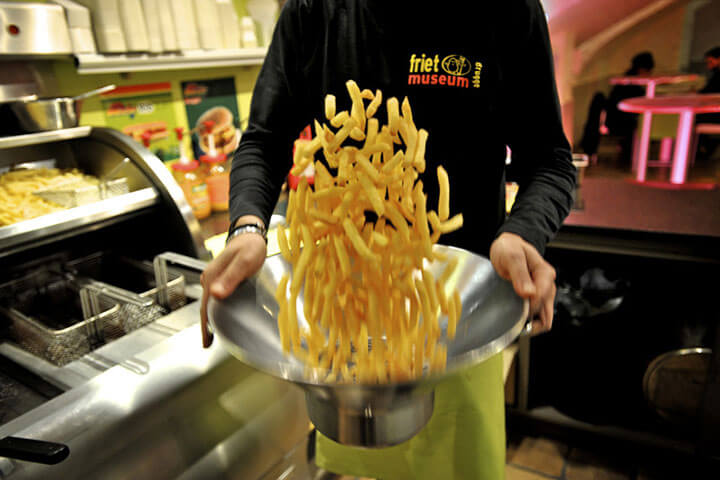
Belgium is a lovely country with its vibrant city squares, medieval architecture, and rich artistic heritage. And Belgians have got their priorities straight. In the heart of Bruges, lies a historic 14th-century old building, where guests are warmly welcomed into the Frietmuseum. Established and operated by two families with a passion for Belgian fries, the Frietmuseum celebrates this national symbol and source of immense pride.
On self-guided tours, guests learn quirky facts and misconceptions about fries, witness potato-slicing demonstrations, explore interactive exhibits about beloved Belgian frites, and learn the secrets to the perfect fry. After consuming so much hunger-inducing information, guests partake in a Belgian fries tasting in the museum’s café, paired with dipping sauces and local beers. There’s only one rule: do not call them “French fries”.
Musée du Nougat
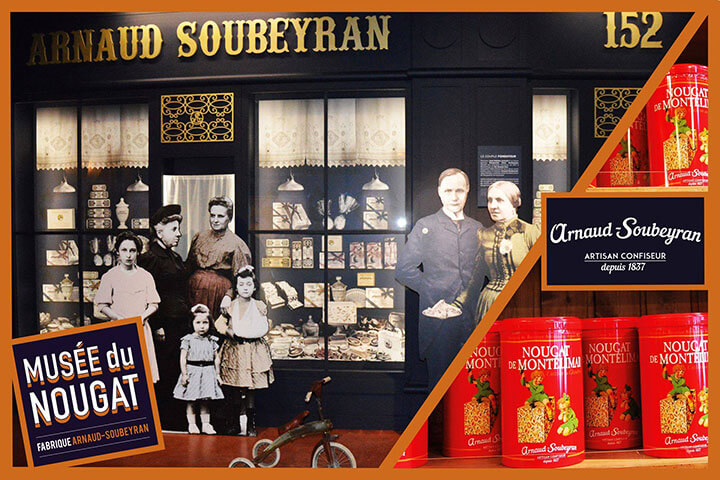
Did you know that the words nougat and Montélimar have been inseparable since the 17th century? You will, after visiting the Nougat Museum in Montélimar, France. Owned and operated by renowned nougat producer Arnaud Soubeyran, the Nougat Museum is housed in the oldest nougat factory in Montélimar, in operation since 1837.
The Nougat Museum is dedicated to preserving the rich history of this French delicacy. In the museum, guests learn about the cultural significance of nougat in Montélimar, from its medieval origins to its present-day fame. Guests are also privy to discovering the secrets of traditional nougat-making, from roasting the almonds and blending the honey to slow-cooking in copper cauldrons. Since the factory is still in operation, guests can observe the skilled confectioners working in the factory through viewing windows, and see the meticulous craftsmanship behind each nougat bar.
It’s also great for children; the museum offers educational workshops for children, teaching them about the science and history of nougat in a fun and interactive way. Kids of all ages also love the sweet aroma of honey and almonds, and the opportunity to taste different varieties of nougat at the end of the tour, complete with free samples to take home.
The “Kool-Aid: Discover the Dream” Exhibit
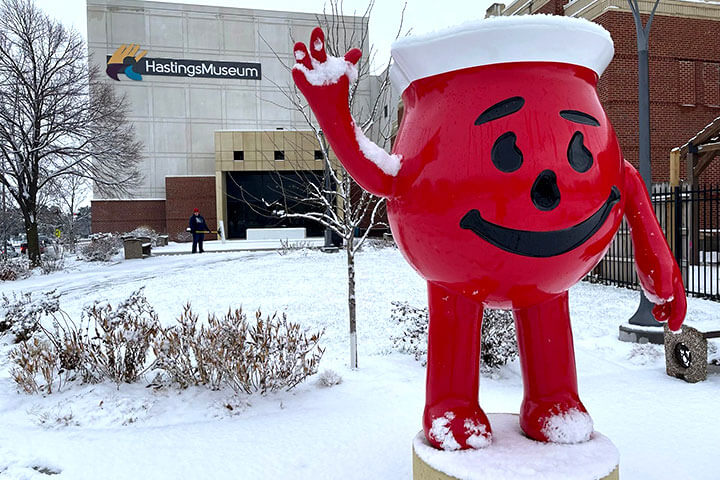
Say “Ooh-Yeah!” with reckless abandon at the permanent Kool-Aid exhibit in the Hastings Museum of Nebraska (the birthplace of Kool-Aid.) “Kool-Aid: Discover the Dream” explores the iconic beverage from its humble beginnings in Hastings, Nebraska, to its present-day fame.
Pay homage to the Kool-Aid Man while you learn about Kool-Aid flavors, packaging, marketing campaigns, and the cultural impact of this colorful drink. There is even a replica of Edwin Perkins’ kitchen from 1923, where it was invented. This exhibit offers a unique blend of history, nostalgia, and fun, leaving visitors with a newfound appreciation for Kool-Aid’s cultural legacy and the small-town ingenuity that sparked a global phenomenon.
Deutsches Zusatzstoffmuseum (German Food Additives Museum)
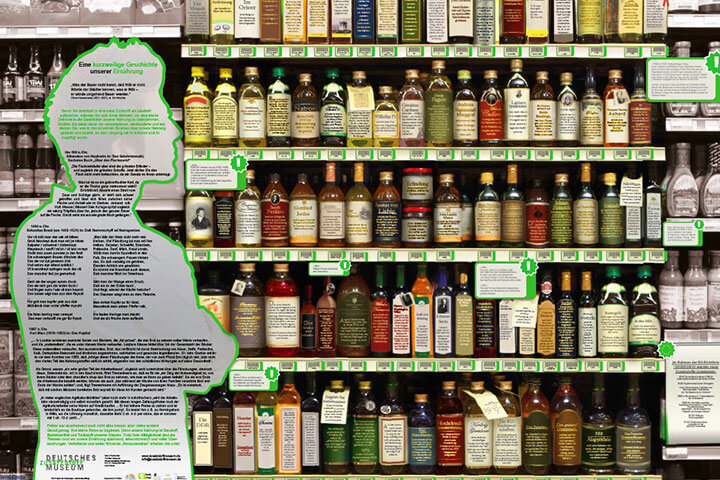
It’s no secret that the EU is light years ahead of the United States when it comes to banning unhealthy food additives. There is even a museum dedicated to educating the public about these chemicals. Founded in 2008 by the Hamburg Food Foundation, the museum is the brainchild of chemists Georg Schwedt and Udo Pollmer, both passionate about demystifying food additives.
This museum treats guests to interactive displays such as scanning barcodes of familiar products to see their hidden ingredients. Exhibits showcase thousands of additives used in everyday foods, from emulsifiers and stabilizers to dyes and flavorings. Guests can also learn about their functions, production processes, potential risks, and side effects.
The museum aims to educate the public about the ubiquitous presence of additives in our food and to encourage critical thinking about their use. It fosters transparency and empowers consumers to make informed choices about their diets, in the hope of ultimately creating a healthier, well-educated society. If you visit Hamburg, there are English translations available and admission is free. Aside from dangerous food additives, you’ve got nothing to lose.
The Jell-O Gallery Museum
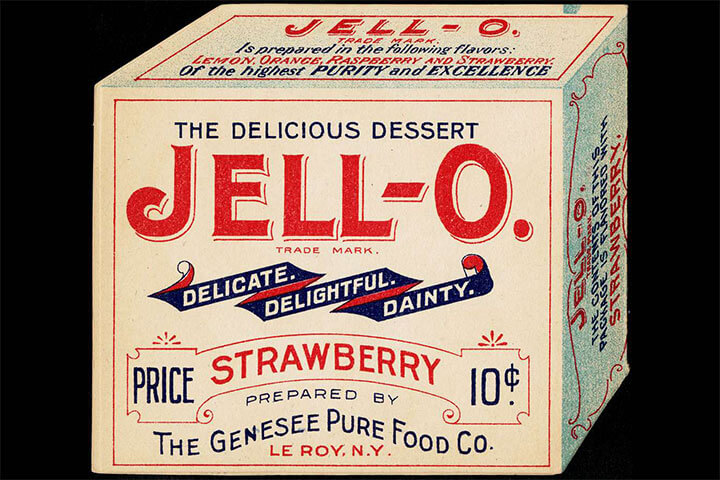
Owned and operated by the LeRoy Historical Society, the Jell-O Gallery Museum is dedicated to preserving the history and cultural impact of “America’s Most Famous Dessert.” Situated in its birthplace of LeRoy, NY, this small museum shares the colorful journey of Jell-O, from its accidental invention in 1897 to its iconic status as an American classic.
The gallery features vintage packaging, advertising memorabilia, cooking utensils, and heaps of fun facts about Jell-O’s evolution into stardom. The exhibits place a special emphasis on the role Jell-O has played in American food culture, including the brilliant marketing strategies, and advertising history that made it so popular. Overall, this museum is a playful and nostalgic experience for visitors of all ages. At this time, admission is only $6.00, leaving guests plenty of cash to splurge in the Jell-O themed gift shop.
Kikkoman Soy Sauce Museum
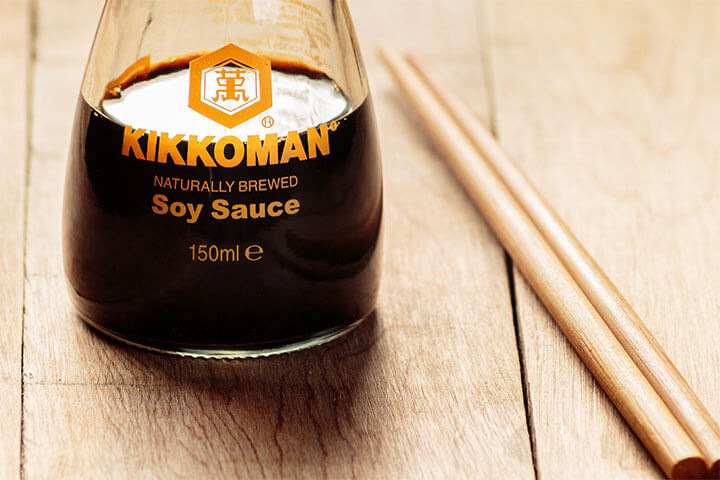
Operated by the renowned soy sauce manufacturer, Kikkoman, the Soy Sauce Museum is situated at one of their factors in the Chiba Prefecture of Japan. This museum offers an immersive journey into the long history of soy sauce, including its centuries-old production process and deep cultural significance.
Beautifully detailed exhibits showcase traditional soy sauce brewing methods, vintage equipment, fun interactive displays, and a glimpse into the iconic wooden fermentation barrels. A separate factory tour immerses guests in the sights, sounds, and smells of soy sauce production, available in both Japanese and English. Itadakimasu!
The Museum of Food & Drink (MOFAD)
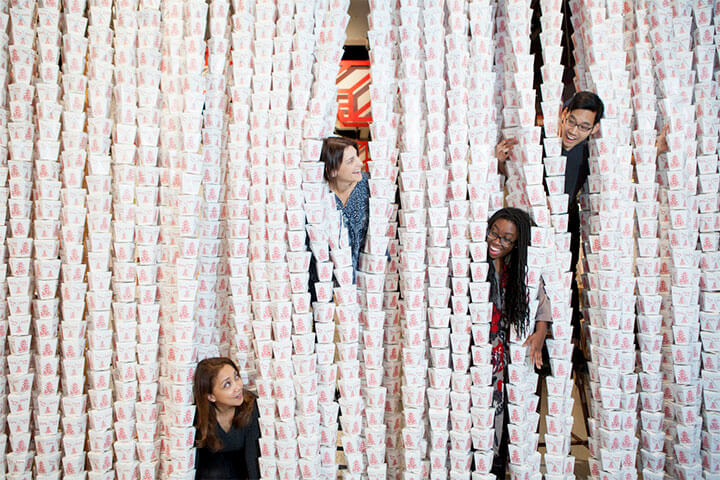
MOFAD uses food as a lens to explore culture, history, and the human experience. It’s a unique museum that goes beyond static exhibits. Their interactive displays engage all senses, inviting visitors to taste, touch, smell, and learn about diverse food traditions. Past exhibitions have explored everything from chocolate’s global journey to the science of flavor perception.
Founded with the belief that “food is culture,” MOFAD seeks to inspire curiosity, spark dialogue, and promote a more thoughtful approach to food within society. Their aim is to encourage informed choices, appreciate culinary traditions, and foster understanding through the universal language of food. Guests explore where our food really comes from, its impact on the environment and society, and how it connects us to different cultures. By fostering informed eaters, they hope to contribute to a more thoughtful and equitable food future.
Bon Appétit!
There are many other food museums around the world exploring topics from Spam to salt. So, the next time you crave a cultural adventure, consider embarking on a journey through a food museum. You might just discover your next favorite dish or uncover a surprising connection between food and the world around you. Have you visited a food or beverage museum? Let us know in the comment section!

